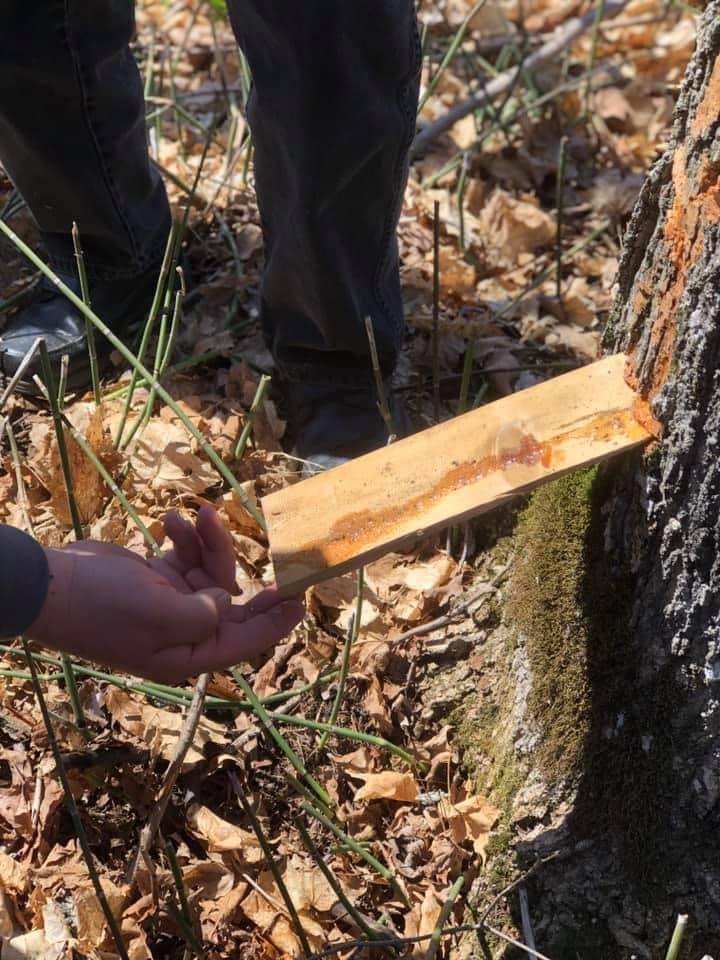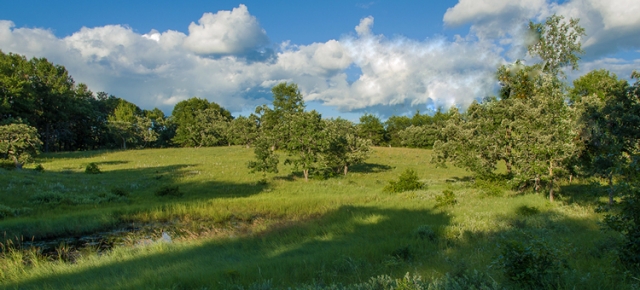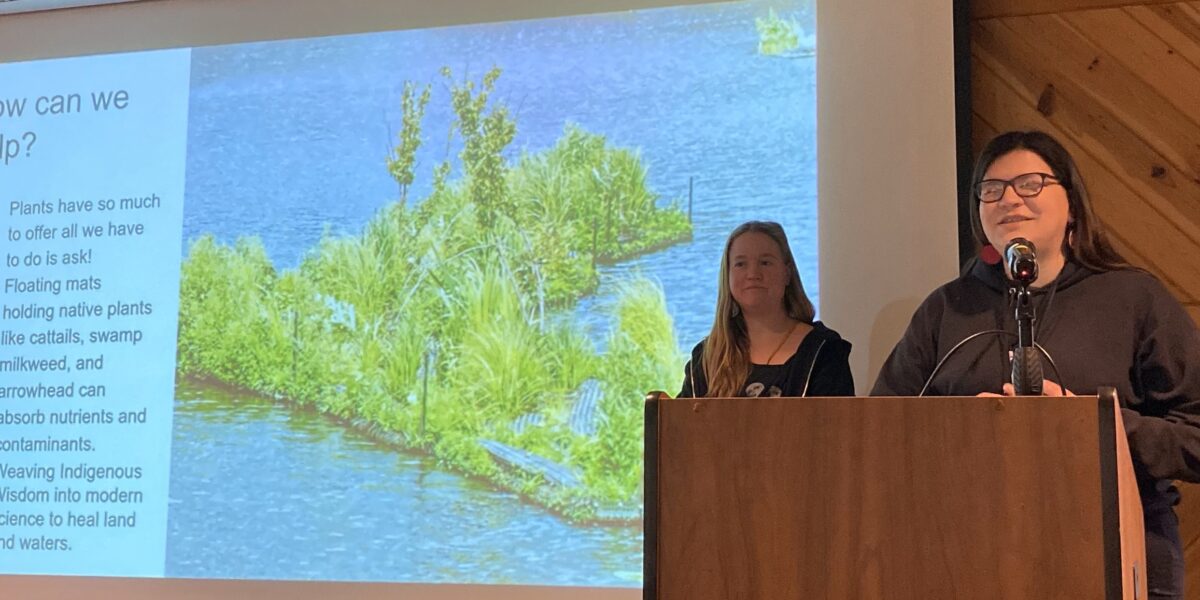
ANCHOR Marie Rock: This is Minnesota Native News, I’m Marie Rock.
This week, we hear about Minnesotans continuing the old tradition of sugarbush in urban areas. Plus, a look at a recent Indigenous film screened at Duluth’s Minnesota Film Festival. First, let’s go to Deanna StandingCloud.
Deanna StandingCloud: For Indigenous woodlands people in Minnesota, the last days of winter brings an exciting time. For centuries, the sugarbush camp marked the first days of spring.
[sound: footsteps in heavy snow]Deanna StandingCloud: Historically, Ojibwe people would move from their winter camp to the spring camp. The purpose of the spring camp was to focus on creating maple sugar together as a community. This rich, cultural tradition brings people together even today.
Nicole Kneeland: I live in Duluth, Minnesota. I didn’t grow up doing sugarbush. But when I had my daughters, I really pushed myself even further to ensure that they knew these things as they’re growing up as it was just like a part of their life.
Deanna StandingCloud: Nicole Kneeland is known to her Ojibwe relatives as Gaagigegiizhigookwe. She’s intentional in passing the teachings of the sugarbush camp and other treasured cultural practices to her young daughters.
Nicole Kneeland: She did several taps by herself and got the buckets ready, and then they just checked every day after school.
Deanna StandingCloud: Nicole says that some folks in her neighborhood tap trees right on city streets. The City of Duluth permits its residents to tap maple sap from city trees.
[sound: a drill going into wood]Deanna StandingCloud: Even among the concrete streets of Minneapolis, Native-led organizations like the Native American Community Development Institute or NACDI has has programming focusing on traditional foods. Gloria Iacono is the Food Sovereignty Manager with NACDI.
Gloria Iacono: So we worked with the park board to borrow some equipment, like they have a stove that with the pans on the top, that can boil the sap down into syrup. So we’ve been doing like, a few community boil activities at our urban farm.
Deanna StandingCloud: Both Minneapolis and Duluth have high populations of woodlands tribal people from the Dakota, Ho-Chunk and Ojibwe nations. Native community organizations in those areas promote traditional activities like the sugarbush to their Native community members as a way for urban people to practice their own cultural activities in modern times.
[sound: pouring liquid into bucket]Deanna StandingCloud: For Minnesota Native News, I’m Deanna StandingCloud
ANCHOR Marie Rock: Next, Minnesota-produced film, When Thunderbird Dances. Let’s hear from Emma Neehdam.
Khayman Goodsky: Growing up, you know, I loved going to the movies, and I loved seeing local films, but seeing so many films that like didn’t accurately represent our people was really hard to sit through
Emma Needham: That’s Bois Forte Band of Chippewa film writer and director, Khayman Goodsky, in an interview earlier this month with WDSE’s Morgan Kohler.
[sound: ‘Call “Action”‘ audio sounds]Khayman Goodsky: I just wanted to make a film that really showed that, you know, young Indigenous people can still look and act, I don’t know, like quote, unquote, punk and goth, but we’re still very much connected to our culture, and we’re still very much like keeping these lessons and values alive.
Emma Needham: Goodsky’s film, When Thunderbird Dances, was recently screened at the Minnesota Film Festival in Duluth. Goodsky says that the film was inspired from her own life.
Khayman Goodsky: my grandfather is no longer with us…he actually passed away last year before the film could be finished, but I know that he would be proud that, you know, all of our teachings are still being carried and to me.. So I guess that was the major inspiration. And now I go to pow wows, and I see so many young Native goths, and I’m like, Yes, we’re still taking up space. We’re still being welcomed, I guess more openly.
Emma Needham: For Goodsky, highlighting Indigenous artists and creatives is central to her work.
Khayman Goodsky: This is my largest film to date. We had 15 indigenous actors, over 10 indigenous fashion designers, over five indigenous jewelry makers and over seven indigenous musicians be a part of this film. So it took a like a huge community project, but once you believe in indigenous voices, you touch so many people
Emma Needham: Goodsky also serves as the Indigenous Films Programmer for the Minnesota Film Festival.
Khayman Goodsky: I watch a lot of indigenous films, and, my role is to watch them, you know, see if they speak true to our values. And my team is so wonderful that they really want to highlight indigenous voices.
Emma Needham: Goodsky is hopeful about the outlook for future Indigenous media makers and moviegoers.
Khayman Goodsky: I just feel like there’s something better for the next generations, and there’s so many creative, cool people out there. And that’s what we want to see, is more authentic indigenous representation.
Emma Needham: For Minnesota Native News, I’m Emma Needham.
ANCHOR Marie Rock: [outro credits]
More from Minnesota Native News
- The Sugarbush Tradition Continues in Minnesota’s Urban Areas, and Khayman Goodsky’s New Film
 ANCHOR Marie Rock: This is Minnesota Native News, I’m Marie Rock. This week, we hear about Minnesotans continuing the old tradition of sugarbush in urban areas. Plus, a look at a recent Indigenous film screened at Duluth’s Minnesota Film Festival. First, let’s go to Deanna StandingCloud. Deanna StandingCloud: For Indigenous woodlands people in Minnesota, the …
ANCHOR Marie Rock: This is Minnesota Native News, I’m Marie Rock. This week, we hear about Minnesotans continuing the old tradition of sugarbush in urban areas. Plus, a look at a recent Indigenous film screened at Duluth’s Minnesota Film Festival. First, let’s go to Deanna StandingCloud. Deanna StandingCloud: For Indigenous woodlands people in Minnesota, the … - Sherburne National Wildlife Refuge Faces Staffing Cuts; Headlines Affecting Indigenous Minnesotans
 ANCHOR Marie Rock: This is Minnesota Native News, I’m Marie Rock. This week, we hear about the impact of recent federal staffing cuts on Zimmerman, Minnesota’s Sherburne National Wildlife Refuge. Plus, some current events affecting Indigenous nations here in Minnesota. First, let’s hear from Deanna StandingCloud. Deanna StandingCloud: The Sherburne National Wildlife Refuge announced earlier this …
ANCHOR Marie Rock: This is Minnesota Native News, I’m Marie Rock. This week, we hear about the impact of recent federal staffing cuts on Zimmerman, Minnesota’s Sherburne National Wildlife Refuge. Plus, some current events affecting Indigenous nations here in Minnesota. First, let’s hear from Deanna StandingCloud. Deanna StandingCloud: The Sherburne National Wildlife Refuge announced earlier this … - Great Lakes Indigenous Farming Conference & the Minnesota Department of Revenue’s Child Tax Credit
 ANCHOR Marie Rock: This is Minnesota Native News. I’m Marie Rock. This week, we hear about the twenty-second annual Great Lakes Indigenous Farming Conference. Plus, important information for families about the Minnesota Department of Revenue’s Child Tax Credit. First, let’s hear from Deanna Standing Cloud. Deanna StandingCloud: According to the Ojibwe worldview, humans have an interconnectedness with …
ANCHOR Marie Rock: This is Minnesota Native News. I’m Marie Rock. This week, we hear about the twenty-second annual Great Lakes Indigenous Farming Conference. Plus, important information for families about the Minnesota Department of Revenue’s Child Tax Credit. First, let’s hear from Deanna Standing Cloud. Deanna StandingCloud: According to the Ojibwe worldview, humans have an interconnectedness with …
Subscribe to Minnesota Native News in your favorite podcast app

 Deven Current: Healing Through the Art of Tattooing
Deven Current: Healing Through the Art of Tattooing